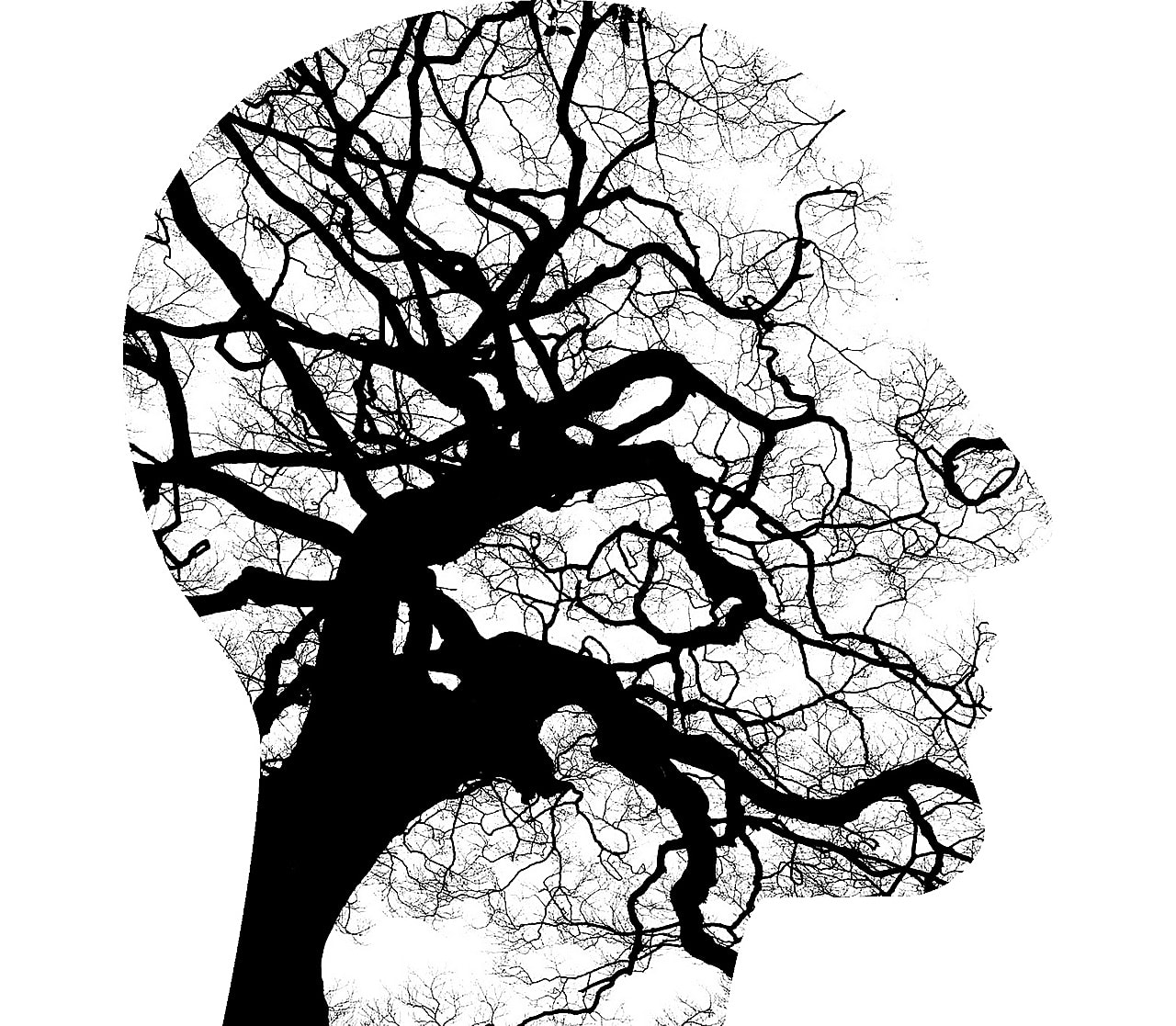Searching for the cellular origins of major depressive disorders
An estimated 264 million individuals suffer from depression worldwide, according to the World Health Organization (1). Bringing the power of single nucleus RNA-sequencing to psychiatric samples, a group of scientists investigated which cell types in the brain contribute to major depressive disorder (2).

At one point in human history, depression was thought to be caused by melancholia, a mysterious toxic black substance within our bodies, or demonic possession (3). It wasn’t until the mid-20th century that depression was understood to have biological roots, and the American Psychiatric Association’s diagnostic manual did not characterize major depressive disorder (MDD) until 1980 (4).
In the late 1930s, early 1940s, the discovery of serotonin paved the way for the development of the serotonin hypothesis, which attributes a serotonin deficit as the primary cause of depression (5, 6). For decades, this hypothesis has driven research efforts looking to develop better treatments and diagnostics. While imbalances in neurotransmitters like serotonin are significant contributors to depression disorders, the entire story is much more complex, not unlike the brain itself.
Understanding depression, one cell type at a time
Appreciating that the brain has a diverse cellular composition and that each cell type also has unique subtypes, Dr. Corina Nagy, Assistant Professor in the Department of Psychiatry at McGill University, and colleagues set out to gain insights into the cells involved in the pathophysiology of MDD (2). For this study, the researchers sequenced ~80,000 nuclei, using Chromium Single Cell Gene Expression, derived from postmortem brain samples from the prefrontal cortex of individuals with or without (psychiatrically healthy) MDD.
Within this dataset, a total of 26 cell clusters were identified. Diving into the cell type–specific gene expression patterns associated with the MDD phenotype, the researchers observed that 96 genes were differentially expressed within 16 of the identified clusters. Interestingly, much of this differential expression, about 83%, resulted from the downregulation of genes. Comparing their data to publicly available psychiatric databases also revealed that 15 of these differentially expressed genes were already associated with MDD in these databases.
Furthermore, almost half of all the dysregulated genes could be attributed to just two clusters, deep layer excitatory neurons and immature oligodendrocyte precursors (OPCs). Functionally, the dysregulated genes within these two clusters are involved in steroid growth hormone cycling, fibroblast growth factor (FGF) signaling, immune function, and cytoskeletal regulation. Using a predictive tool that explores interactions between these two clusters via ligands and receptors, some 90 ligand–receptor combinations were found to be altered in individuals with MDD. Among these altered ligand–receptor combinations were several pairs related to FGF signaling, which the authors noted has been previously associated with depressive phenotypes and is a pathway with particular promise for follow-up experiments.
Future directions for MDD research
The World Health Organization has reported that over 264 million individuals suffer from depression and note that depression is a leading cause of disability (1). Our journey towards understanding the true biological complexity of MDD is only just beginning, but as the authors note,
“...this work provides an exciting starting point for understanding the complex interplay of cells in the brain and a platform for future functional research to assess these potential interactions. Future single-cell studies of MDD should aim to relate cell types with symptomology and severity...”
As more studies help dissect the cell types and subtypes implicated in MDD, the possibility of developing better treatments grows.
Register for this on-demand webinar to hear Dr. Corina Nagy discuss this study and additional findings.
References
- World Health Organization. (2020, January 30). Depression. World Health Organization. https://www.who.int/news-room/fact-sheets/detail/depression.
- Nagy C, et al. Single-nucleus transcriptomics of the prefrontal cortex in major depressive disorder implicates oligodendrocyte precursor cells and excitatory neurons. Nat Neurosci 23: 771–781, (2020).
- Asch SS. Depression and demonic possession: the analyst as an exorcist. Hillside J Clin Psychiatry. 7(2): 149–64, (1985).
- Schimelpfening, N. (2020, February 25). The history of depression: Accounts, treatments, and beliefs through the ages. Verywell Mind. https://www.verywellmind.com/who-discovered-depression-1066770.
- Whitaker-Azmitia, P. The discovery of serotonin and its role in neuroscience. Neuropsychopharmacol 21: 2–8, (1999).
- Albert PR., Benkelfat C, and Descarries L. The neurobiology of depression—revisiting the serotonin hypothesis. I. Cellular and molecular mechanisms. Phil Trans R Soc 367(1601): 2378–2381, (2012).
